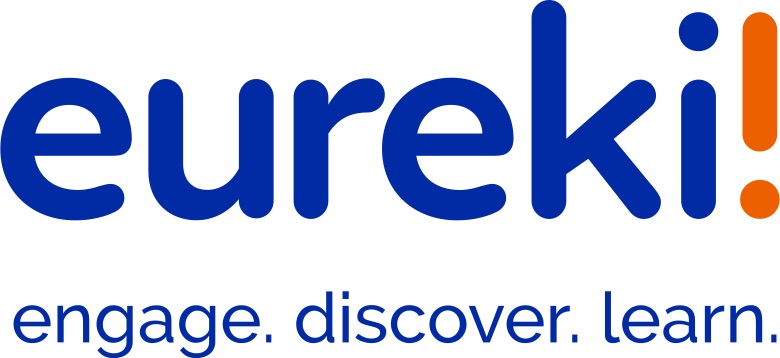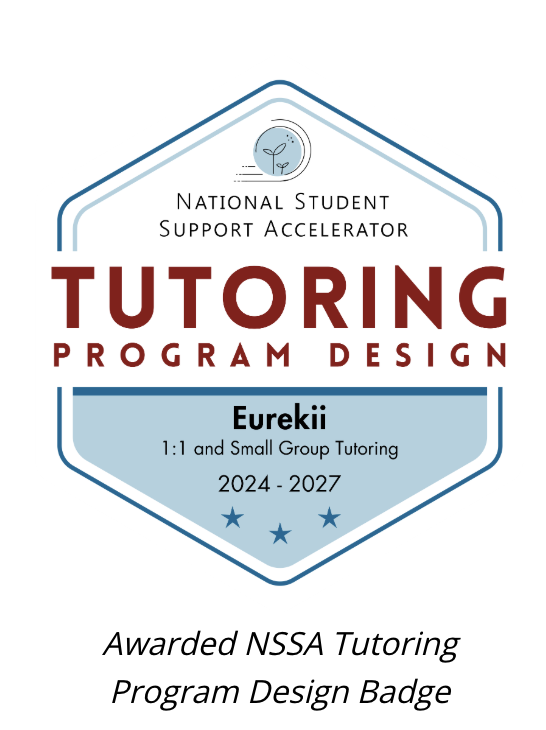Personalized Learning: Revolutionizing Education for the 21st Century
In the rapidly evolving landscape of education, personalized learning has emerged as a transformative approach that tailors educational experiences to meet the unique needs of each student. Moving away from the traditional one-size-fits-all model, personalized learning is redefining how students engage with content, acquire knowledge, and develop skills. This shift is particularly relevant in today’s educational environment, where technological advancements and a deeper understanding of diverse learning styles have paved the way for more individualized educational experiences.
What is Personalized Learning?
Personalized learning is an educational approach that seeks to customize the learning experience to fit the individual needs, strengths, interests, and learning pace of each student. Unlike the traditional model, where students are expected to conform to a standardized curriculum and pace, personalized learning allows for flexibility in how and when students learn.
At the core of personalized learning is the belief that each student has a unique set of skills, interests, and learning preferences. By leveraging technology, educators can create adaptive learning paths that cater to these individual differences. This approach not only enhances student engagement but also promotes a deeper understanding of the material, as students can learn at their own pace and in a way that best suits them.
The Benefits of Personalized Learning
1. Increased Student Engagement and Motivation: One of the primary benefits of personalized learning is its ability to increase student engagement. When students are provided with learning opportunities that align with their interests and strengths, they are more likely to be motivated and engaged in the learning process. This increased engagement often leads to better academic outcomes and a more positive attitude towards learning.
2. Tailored Support for Diverse Learners: Personalized learning is particularly beneficial for students with diverse learning needs, including those with learning disabilities, English language learners, and gifted students. By providing tailored support and resources, personalized learning ensures that all students have the opportunity to succeed, regardless of their starting point. This approach is in line with the principles of Universal Design for Learning (UDL), which advocates for flexible learning environments that can accommodate individual learning differences.
3. Promotes Student Autonomy and Responsibility: Personalized learning also empowers students to take ownership of their learning. By giving students the freedom to make choices about how they learn, personalized learning fosters a sense of autonomy and responsibility. This not only prepares students for the demands of higher education and the workforce but also encourages lifelong learning.
The Role of Technology in Personalized Learning
Technology plays a crucial role in the implementation of personalized learning. Through the use of adaptive learning platforms, data analytics, and digital content, educators can monitor student progress in real-time and make informed decisions about instruction. For example, adaptive learning platforms can analyze student performance and adjust the difficulty level of content in real-time, ensuring that students are always working at an appropriate level of challenge.
Moreover, technology facilitates the creation of personalized learning paths, where students can choose from a variety of resources and activities that align with their learning preferences. This not only enhances the learning experience but also allows educators to provide targeted interventions for students who may be struggling.
In addition to adaptive learning platforms, technologies such as artificial intelligence (AI) and machine learning are increasingly being used to create more personalized educational experiences. AI can analyze vast amounts of data to identify patterns and trends in student learning, which can then be used to inform instructional strategies and create more personalized learning experiences.
Challenges and Considerations
While personalized learning offers numerous benefits, it also presents certain challenges. One of the primary challenges is the need for professional development for educators. Implementing personalized learning requires a shift in teaching practices, and educators must be equipped with the skills and knowledge to effectively use technology and data to personalize instruction.
Another consideration is the digital divide, which refers to the gap between those who have access to technology and those who do not. For personalized learning to be truly effective, all students must have access to the necessary technology and resources. This requires investment in infrastructure, as well as efforts to ensure that all students, regardless of socioeconomic status, have access to the tools they need to succeed.
The Future of Personalized Learning
As we look to the future, it is clear that personalized learning will continue to play a significant role in education. The shift towards more individualized learning experiences is not just a trend but a fundamental change in how we approach education. In an increasingly complex and rapidly changing world, the ability to tailor education to the needs of each student is more important than ever.
Moreover, the ongoing development of new technologies and educational tools will only serve to enhance the effectiveness of personalized learning. As educators become more adept at using these tools, and as access to technology becomes more widespread, the potential for personalized learning to transform education will continue to grow.
In conclusion, personalized learning represents a powerful approach to education that has the potential to improve student outcomes, increase engagement, and ensure that all students have the opportunity to succeed. By embracing this approach, educators can create a more inclusive and effective educational environment that meets the needs of every learner.
References:
1. “What’s Next for Primary Education? A Look at 2024-25 Trends.” eSchool News. Available at: [eSchool News](https://www.eschoolnews.
2. “Education in 2024: Navigating the Future Landscape.” iDream Education Blog. Available at: [iDream Education](https://www.
3. “The Importance of Personalized Learning in Education.” TeachThought. Available at: [TeachThought](https://www.






